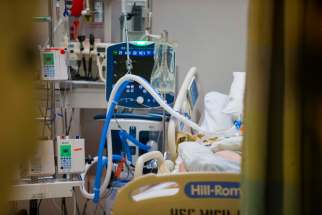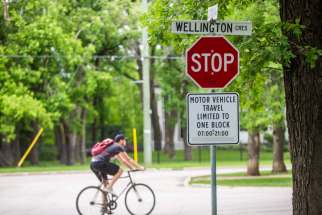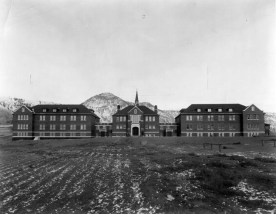Apology is the necessary next step
Read this article for free:
or
Already have an account? Log in here »
To continue reading, please subscribe:
Monthly Digital Subscription
$19 $0 for the first 4 weeks*
- Enjoy unlimited reading on winnipegfreepress.com
- Read the E-Edition, our digital replica newspaper
- Access News Break, our award-winning app
- Play interactive puzzles
*No charge for 4 weeks then billed as $19 every four weeks (new subscribers and qualified returning subscribers only). Cancel anytime.
Read unlimited articles for free today:
or
Already have an account? Log in here »
Hey there, time traveller!
This article was published 10/06/2021 (1197 days ago), so information in it may no longer be current.
The time for denial, delay and deflection has finally run out.
A wave of unprecedented outrage sweeping the nation after the discovery of the remains of 215 Indigenous children in unmarked graves near a former church-run residential school in Kamloops, B.C., signals the time has come for concrete, meaningful and long-overdue steps toward reconciliation and healing.
For many Indigenous leaders, including former Manitoba senator Murray Sinclair, who chaired the Truth and Reconciliation Commission, the first step must be a formal apology from the Roman Catholic church, which administered about 60 per cent of Canada’s residential schools, including the one in Kamloops.
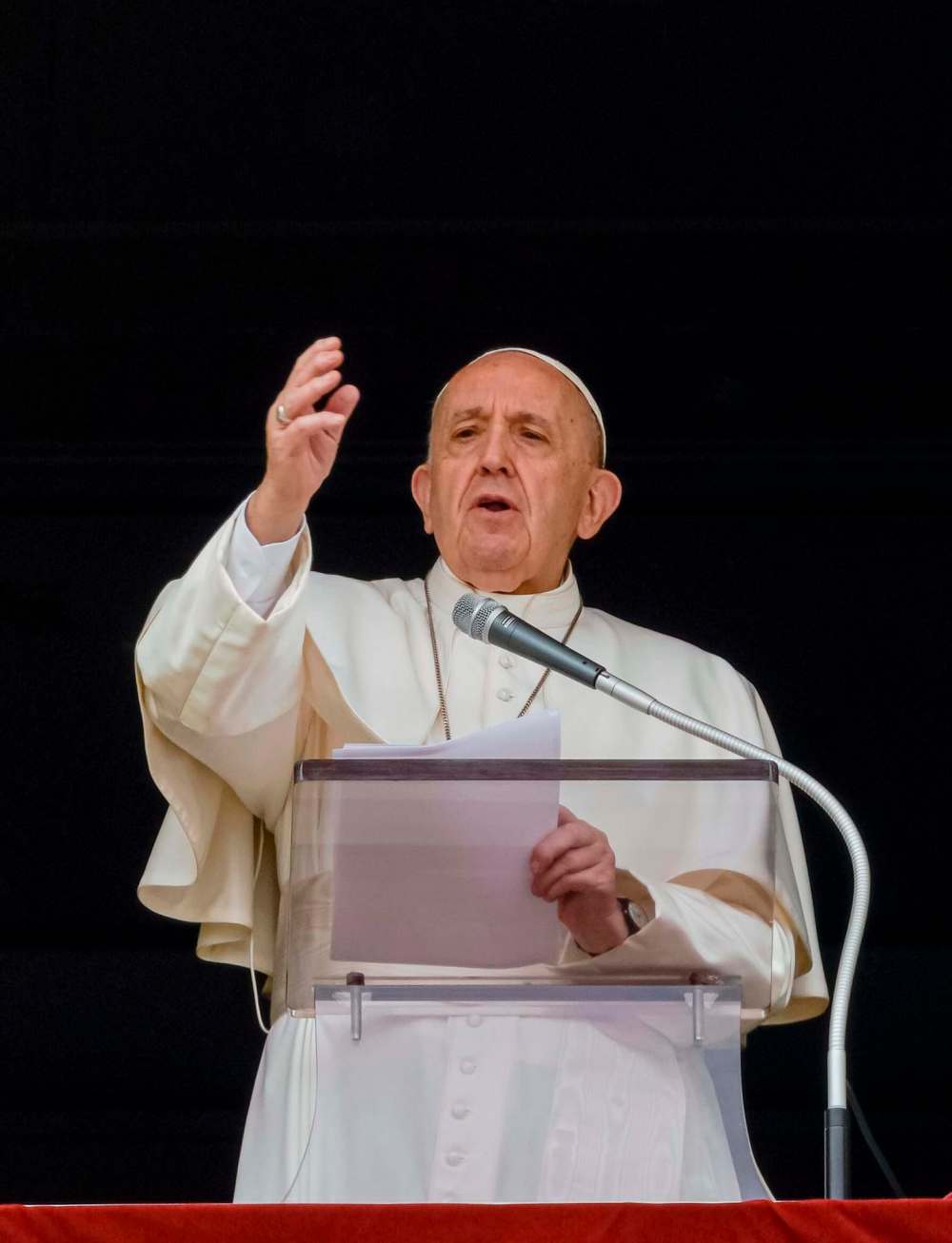
In 2015, the TRC issued 94 calls to action, with No. 58 demanding the Pope apologize to survivors, their families and their communities for the church’s role “in the spiritual, cultural, emotional, physical, and sexual abuse of First Nations, Inuit, and Métis children in Catholic-run residential schools.”
The TRC’s position — renewed by Indigenous leaders in the wake of the horror revealed by ground-penetrating radar in Kamloops — was that a papal apology in Rome is not sufficient; it has to be made in Canada, where the harm was done.
Earlier this month, when Pope Francis stood overlooking St. Peter’s Square, he expressed pain and sadness over the discovery in Kamloops, but fell far short of the official apology sought by Indigenous leaders, Prime Minister Justin Trudeau and many Catholics.
“How hard is it for the Pope to say: ‘I’m very sorry for the way our organization treated the First Nations people, the First Nations students during those times, we are sorry, we pray’?” Bobby Cameron, Chief of the Federation of Sovereign Indigenous Nations in Saskatchewan, lamented to reporters.
Church leaders have argued that various dioceses and religious orders have already apologized, but they have missed the key point — the apology must come from the top, from the man who is the head of the worldwide Catholic church and the Vatican City State.
For an apology to be treated seriously, it must be delivered by the person in charge. If the task is handled by a lower-level bureaucrat or church functionary, it simply adds insult to injury, effectively rubbing salt into an open wound.
Papal apologies typically happen in person in countries where the abuse took place. In 2018, Pope Francis issued a sweeping apology in Ireland to children who were forcibly taken at birth from their mothers. In 2015, the pontiff apologized for the church’s role in the oppression of Latin America during the colonial era.
An apology can be a powerful emotional gesture, allowing victims to begin healing by its acknowledgment of the harm done, but it becomes far more meaningful when accompanied by a promise from those resonsible for the harm that their behaviour will change.
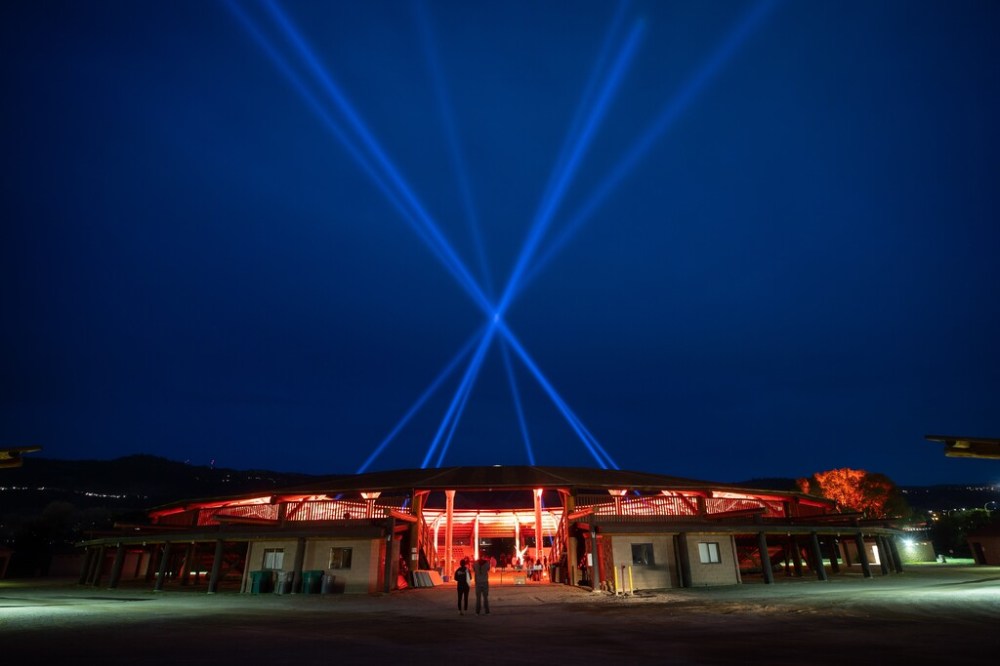
In this case, part of the change required is for the Catholic church to stop blocking the release of records related to residential schools, which are essential for the discovery of other unmarked graves and the identification of the lost children buried within.
For decades, the church has fought the release of many documents, including photos, litigation records, diary-like reports of daily life at the schools, and lists of children who may have returned to their home communities in one year but not the next.
The church does not have the right to dictate the path toward healing. The deadly legacy unearthed in Kamloops means it is time for the Pope to listen to those praying for an end to secrecy, and for a sincere apology as the first of many difficult steps out of the darkness.



